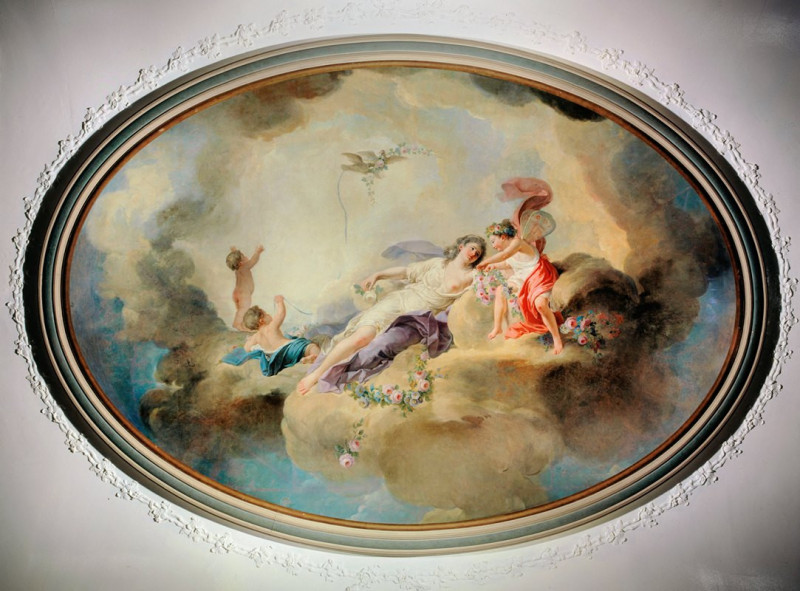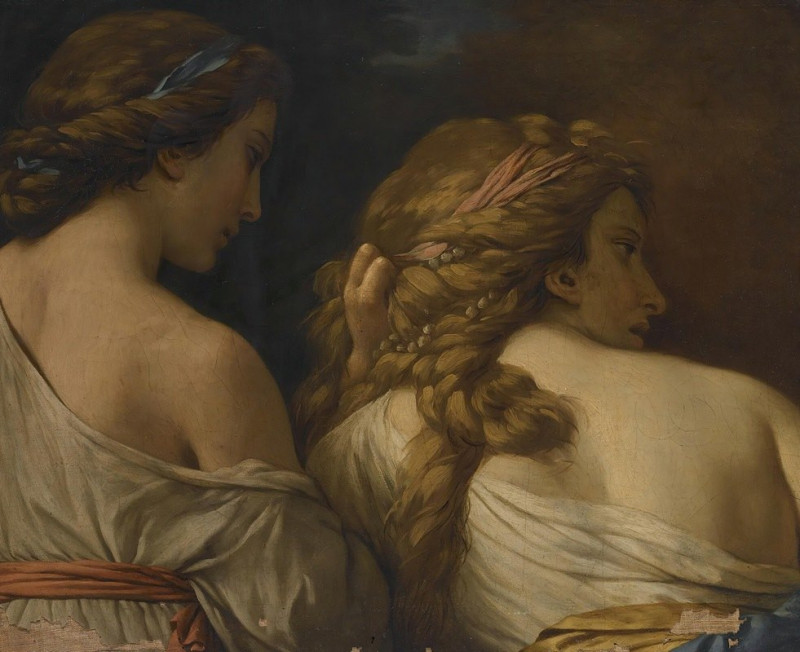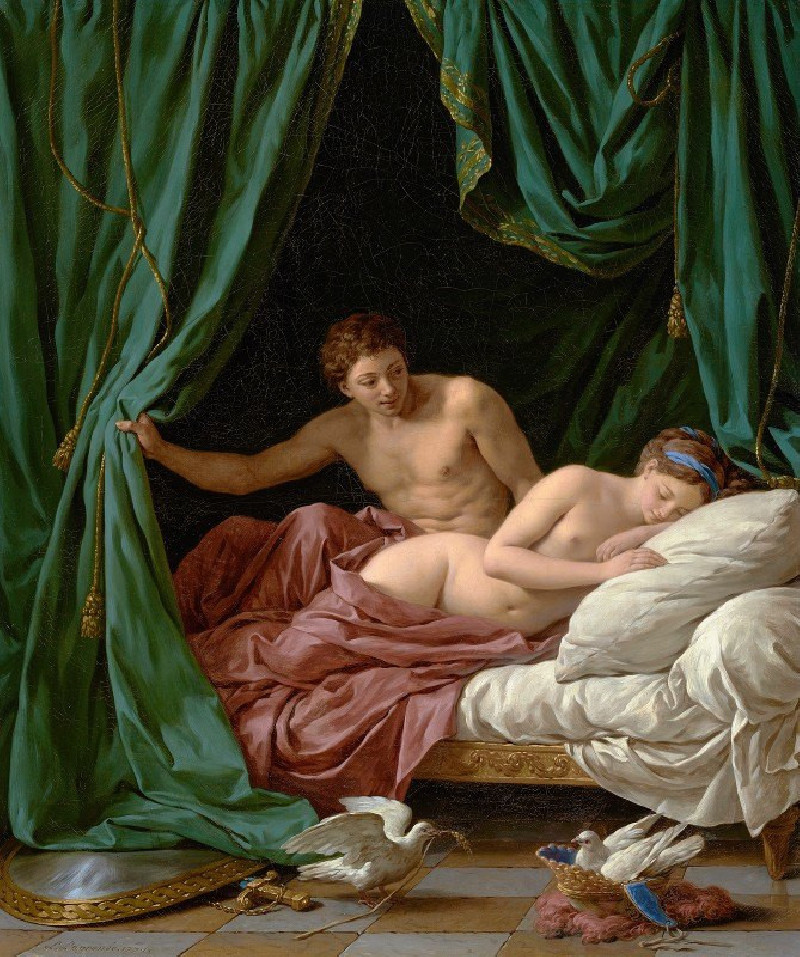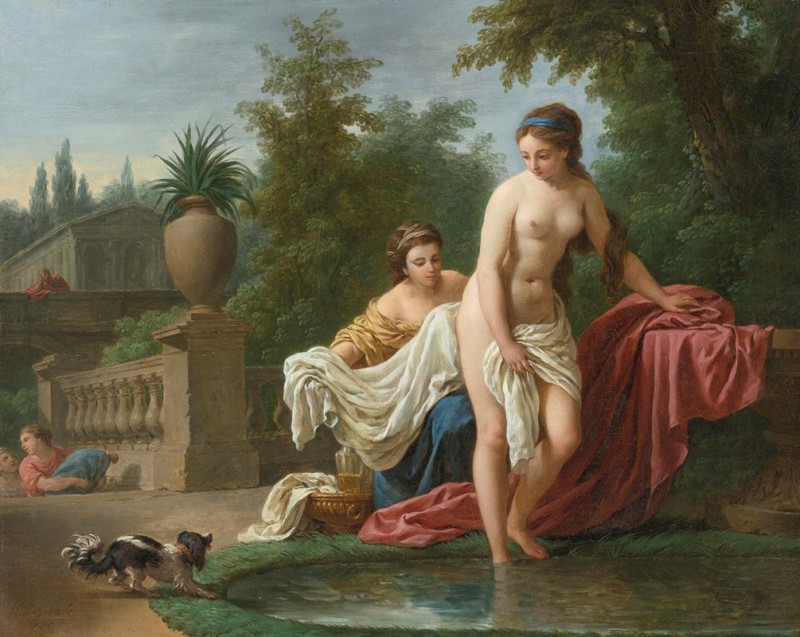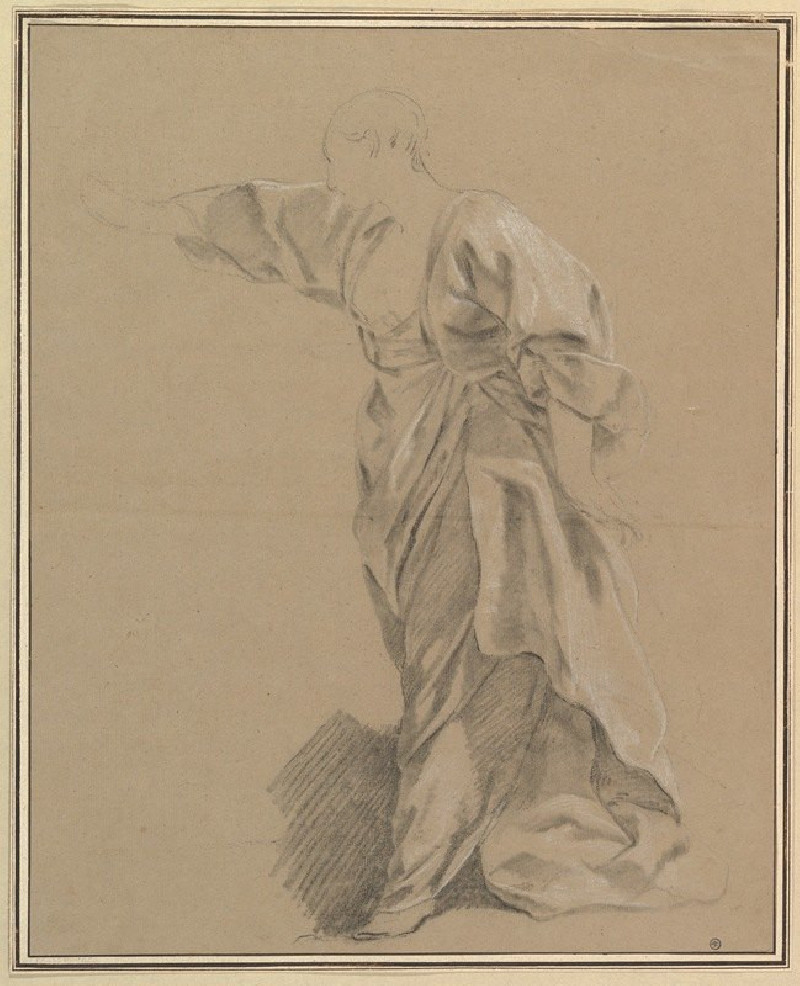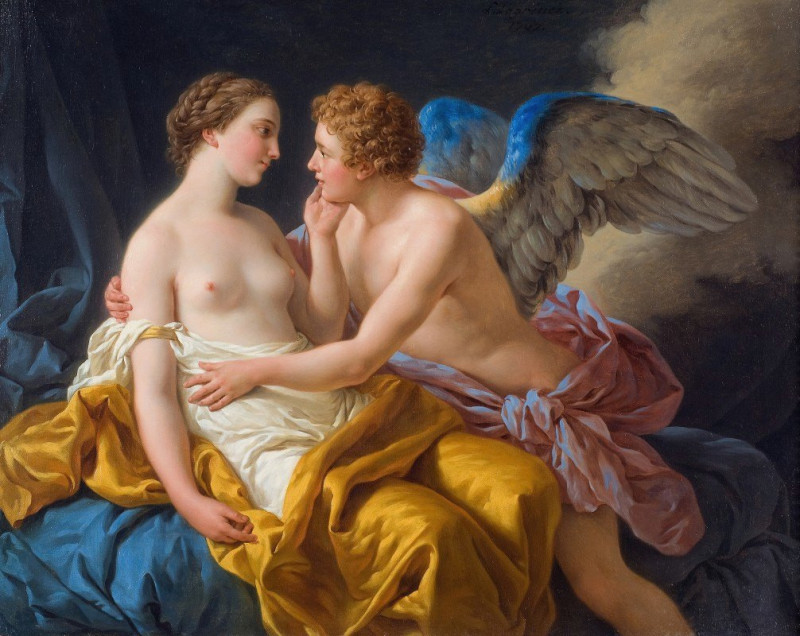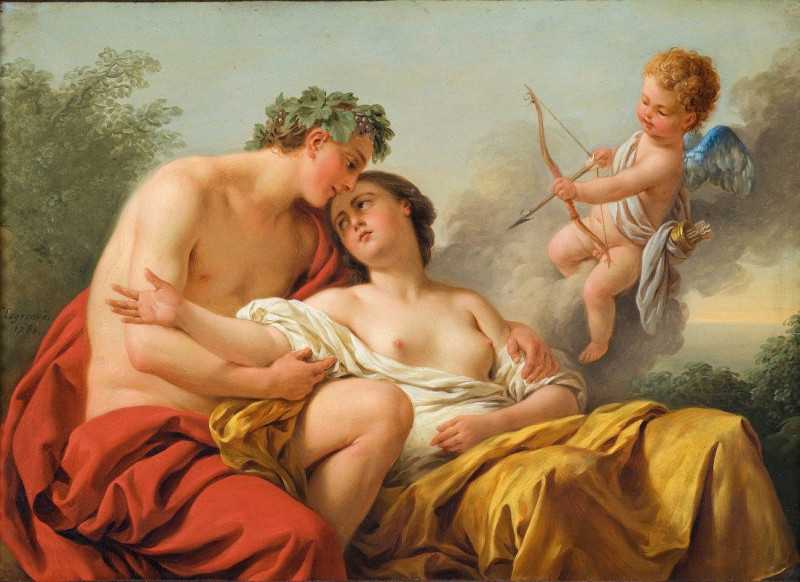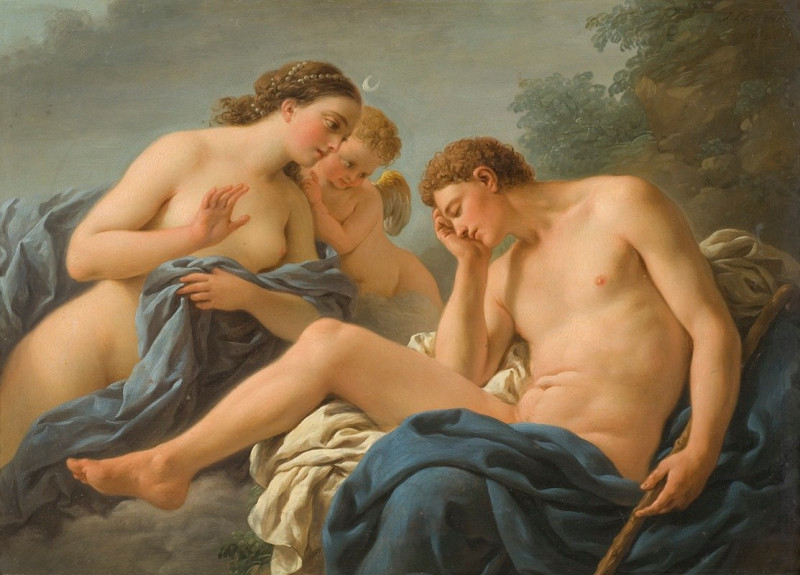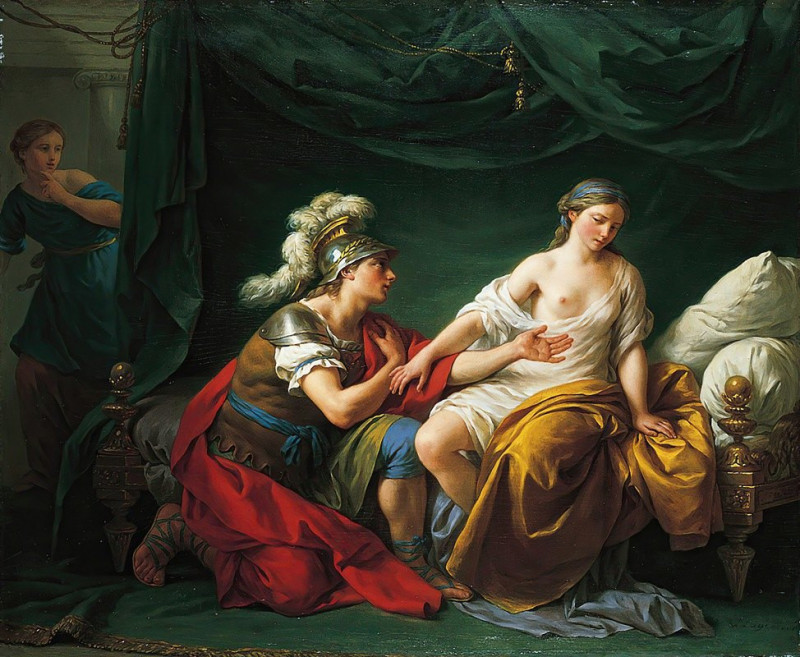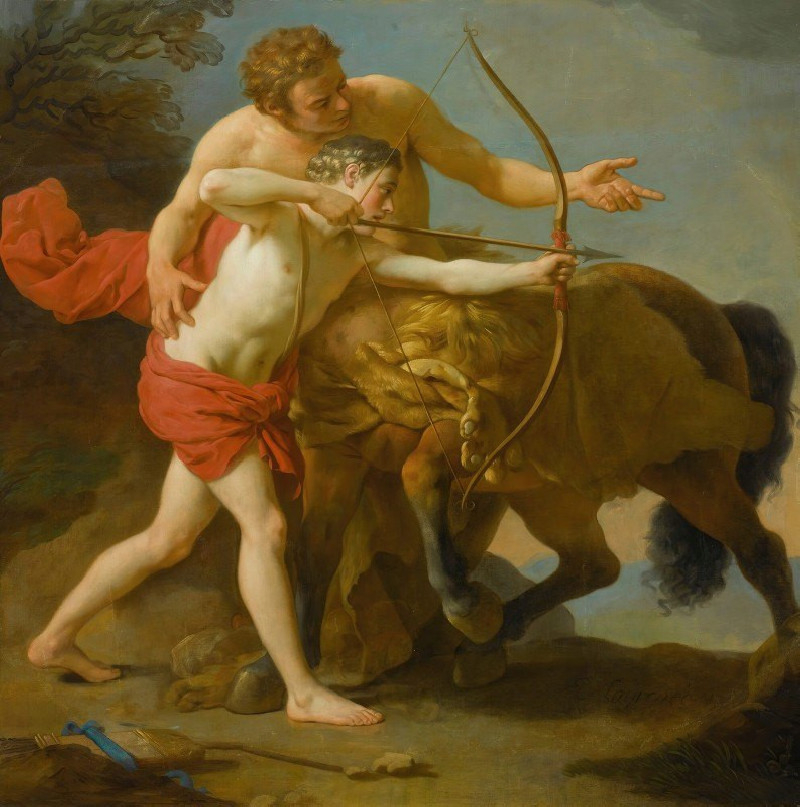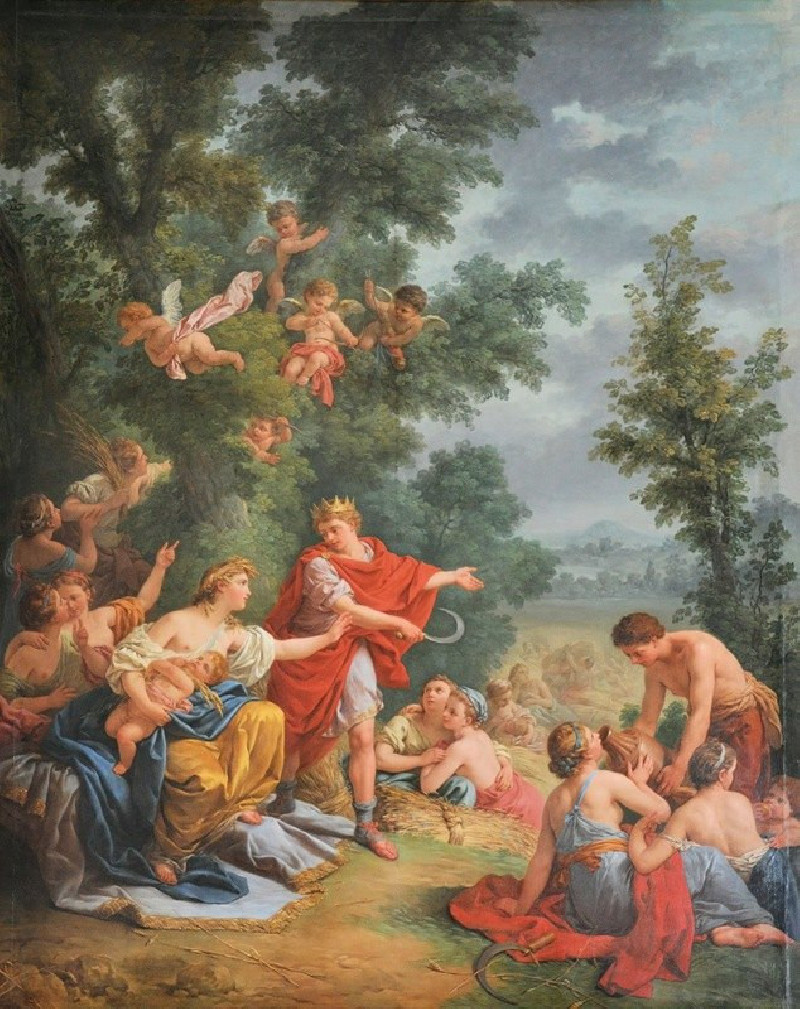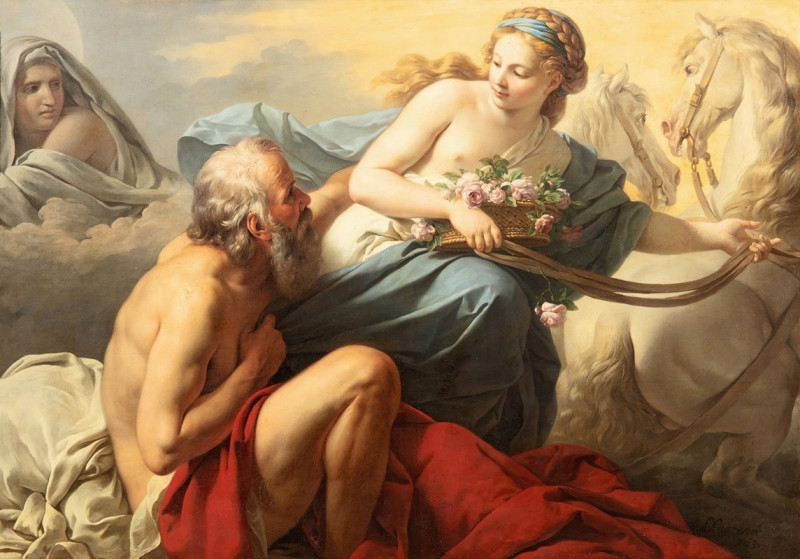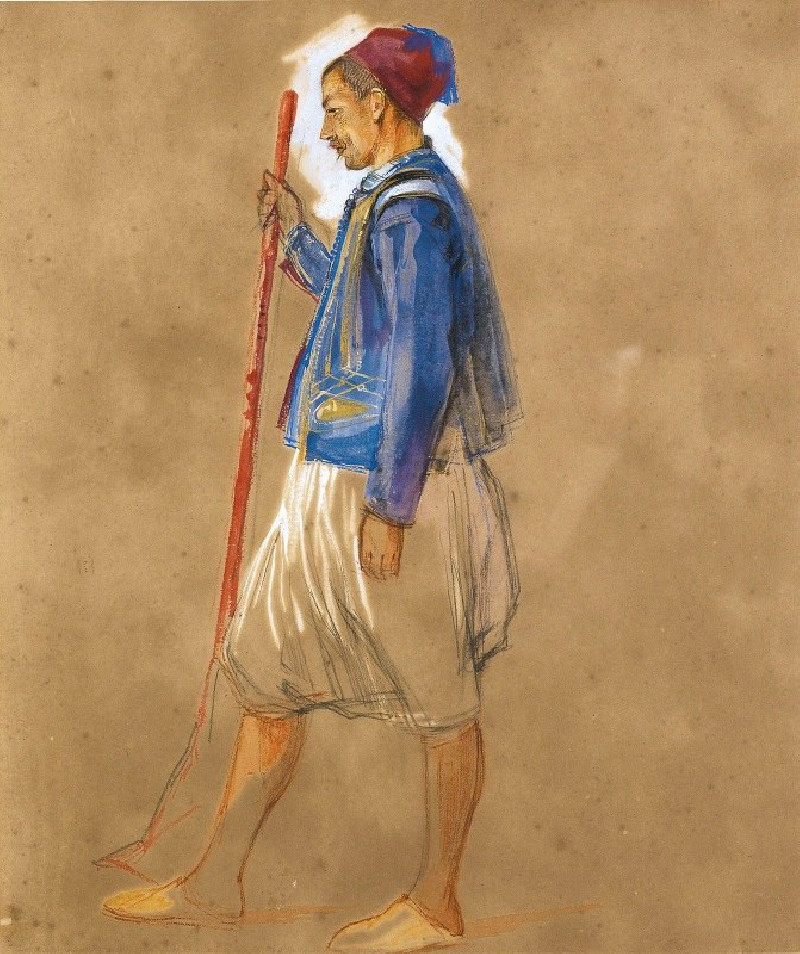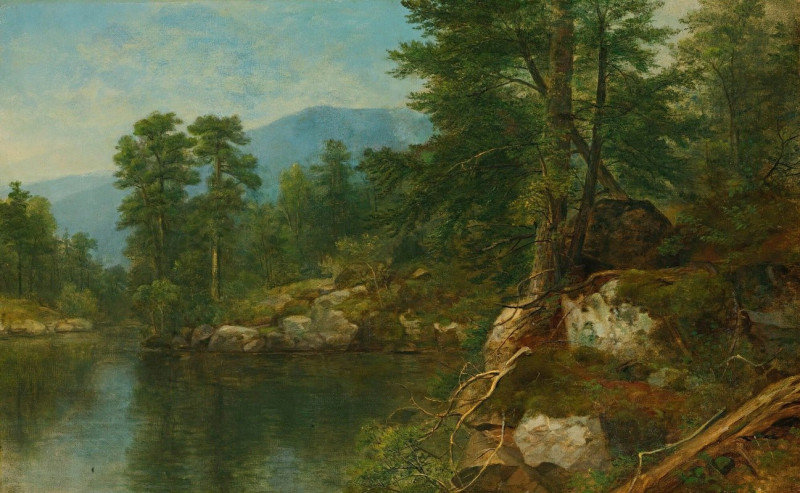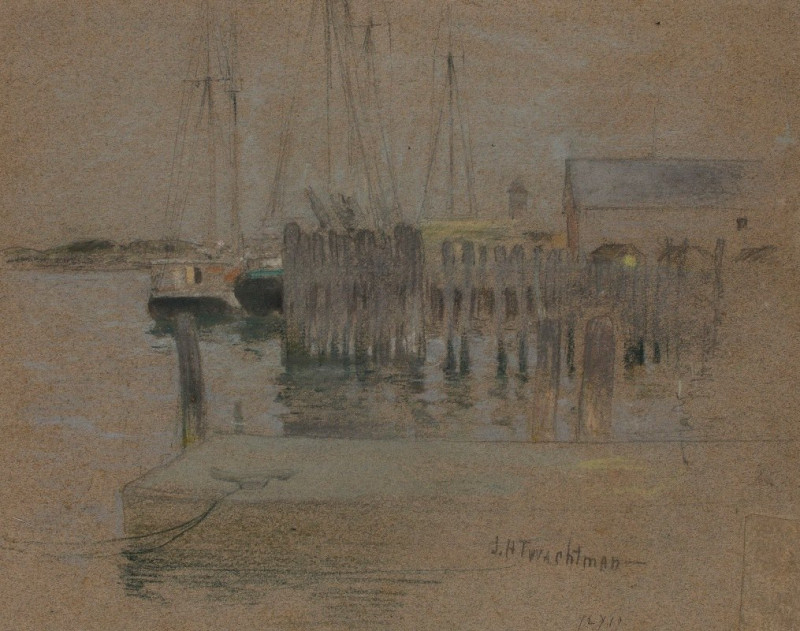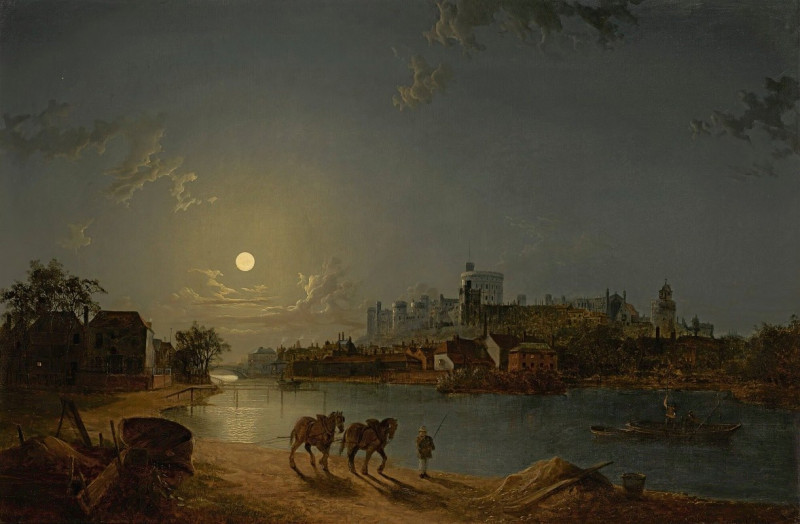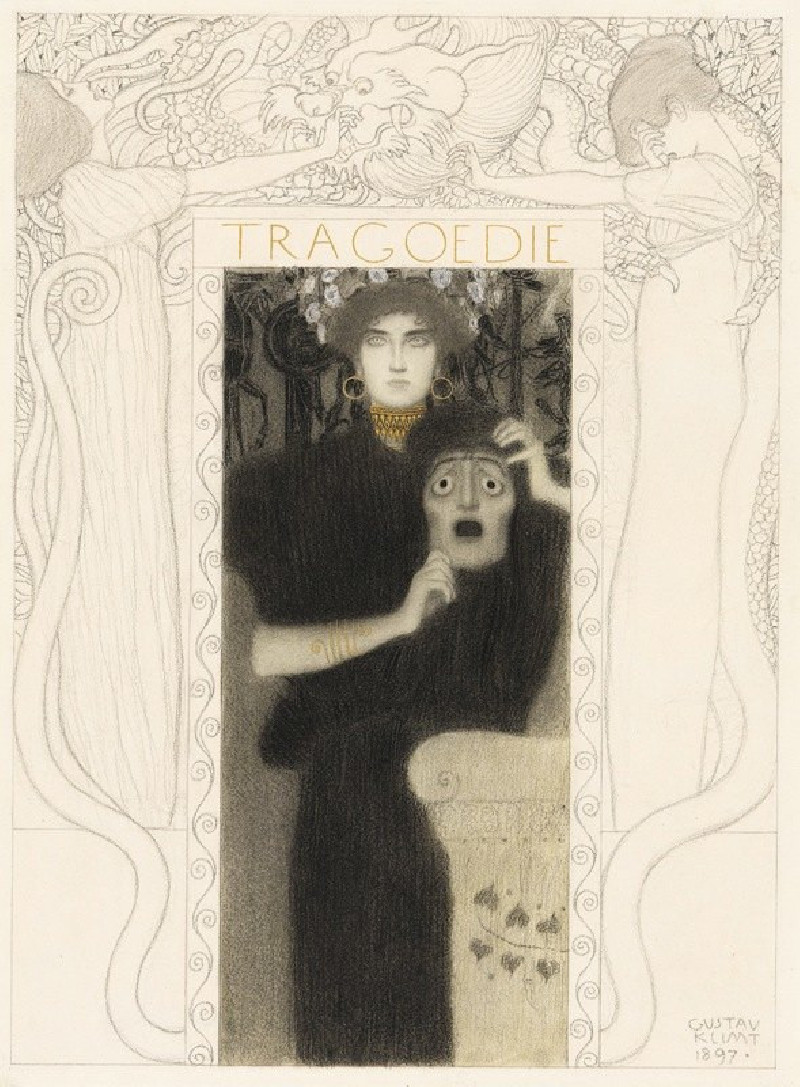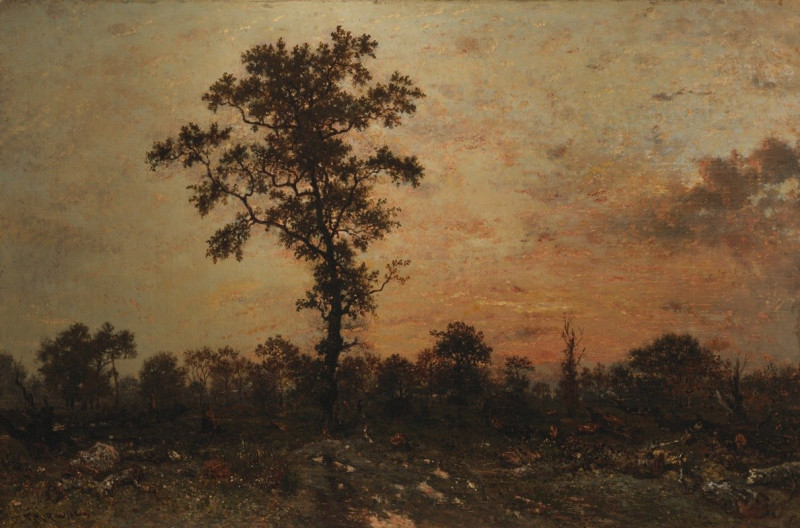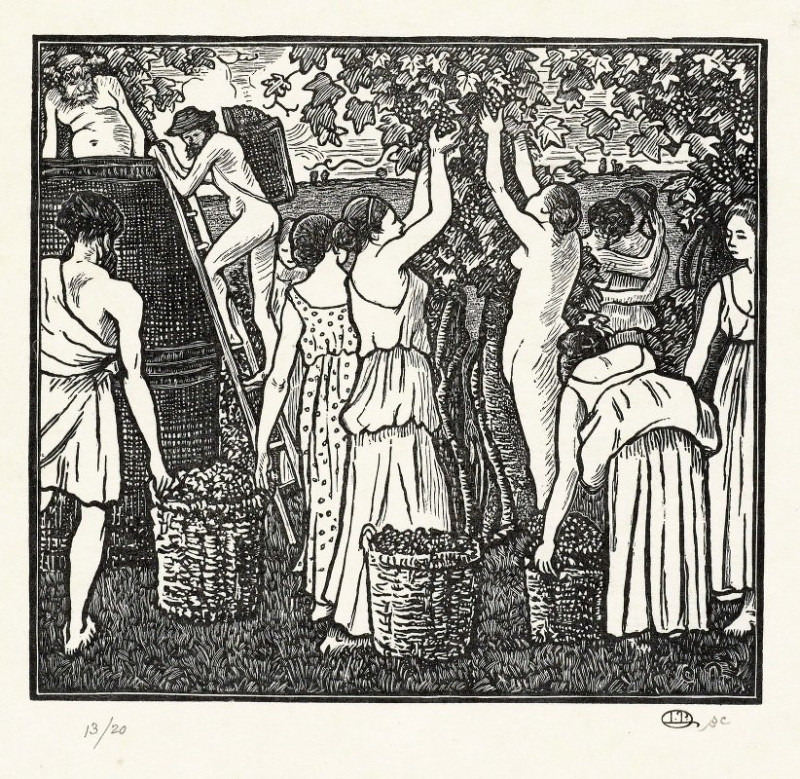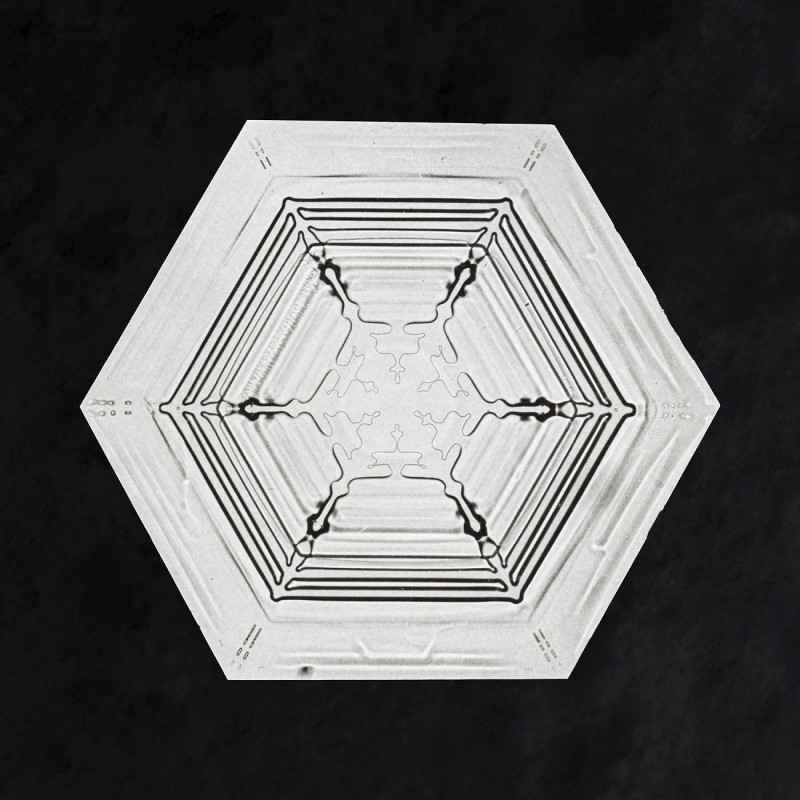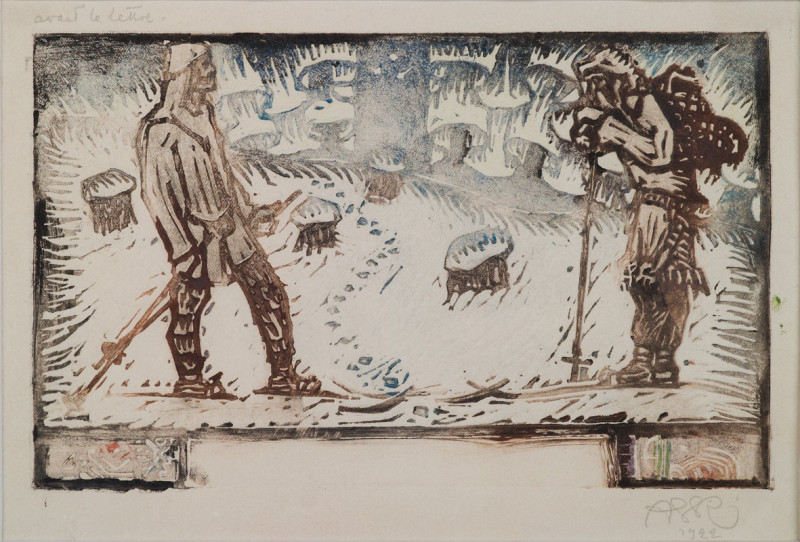The Rape Of Europa
Technique: Giclée quality print
Recommended by our customers
More about this artwork
"The Rape of Europa" by Louis-Jean-François Lagrenée is a captivating 18th-century painting rich in mythological storytelling and artistic charm. This work depicts the famous story from Greek mythology where Zeus, the king of the gods, disguised himself as a beautiful white bull to abduct Europa, a Phoenician princess. The composition conveys a sense of both innocence and allure—Europa is portrayed as if unsuspecting of the bull’s true identity, emphasizing the deception in the tale.In the painting, Europa is seated gracefully on the back of the bull, her figure draped in flowing robes that highlight her elegance and serenity. Her calm and the gentle interaction suggest a moment of tranquility before her abduction across the sea to Crete, where she would become the eponymous queen. The surrounding details, like the cherubs playfully hovering around and the serene landscape, add layers of charm and ethereal quality to the scene. Lagrenée’s use of vibrant colors and delicate brushwork enhances the dreamlike quality of this mythological scene, making it a truly mesmerizing piece to behold.
Delivery
Returns
Louis-Jean-François Lagrenée (aka Lagrenée the elder ) was a French rococo painter and student of Carle van Loo . He won the Grand Prix de Rome for painting in 1749 and was elected a member of the Académie royale de peinture et de sculpture in 1755. His younger brother Jean-Jacques Lagrenée (aka Lagrenée the younger ) was also a painter.



